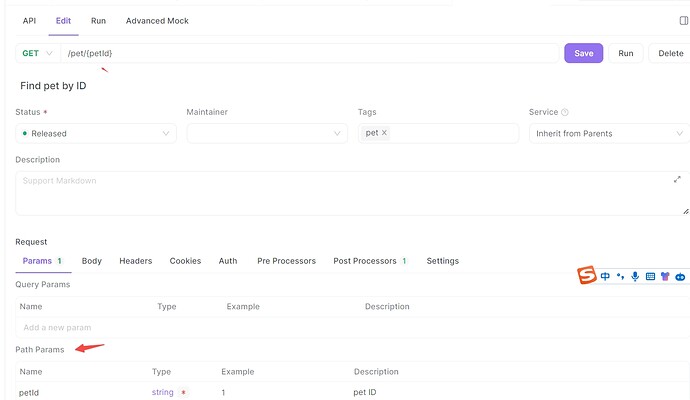I have been cavalier–some might say sloppy–with my use of braces when using Apidog.
I have used both forms in endpoint definitions and test steps–I don’t mean that I’ve mixed them in the same definition or step, but that in some endpoints/steps I have used the double brace notation and in others I have used the single brace notation. As an endpoint example, I have used /foo/{foo_id} and /foo/{{foo_id}} , and both have seemed to work.
I’m afraid this will bite me in the future, however, so I wanted to ask for definitive guidelines on when to use each form. (I have looked in the documentation and the get-support channel but I have not seen a precise explanation of the difference.)
What’s the right way?
